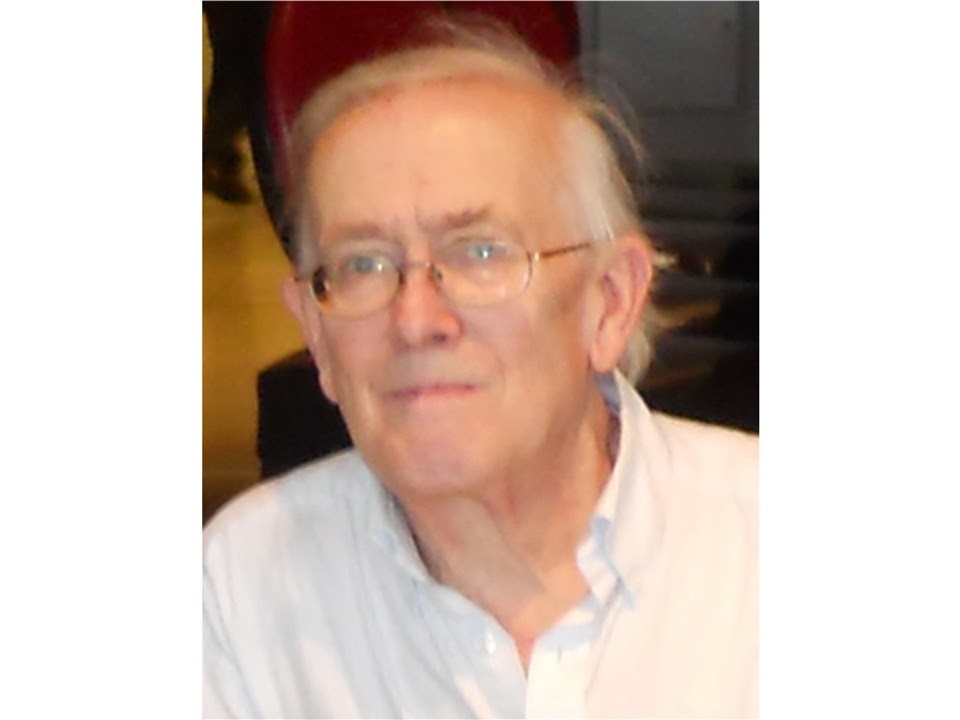INTERESTING NEW OBSERVATIONS FROM THE LHC AT CERN, GENEVA.
New findings to be published in Nature Physics may lead to the discovery of an important new sub-atomic particle called a leptoquark.
Team leader Professor Chris Parkes from the University of Manchester commented in a BBC science report that people should not get carried away by these findings - 'we should be cautious as well as excited'.
https://www.bbc.co.uk/news/science-environment-56491033
When verified these results may lead to a revision of the standard model of all the known fundamental particles. This model predicts that a beauty quark should decay into equal numbers of electrons and muons. But the new results show more electrons than muons. It's possible that a new particle, the leptoquark, may be making it easier to produce electrons.


